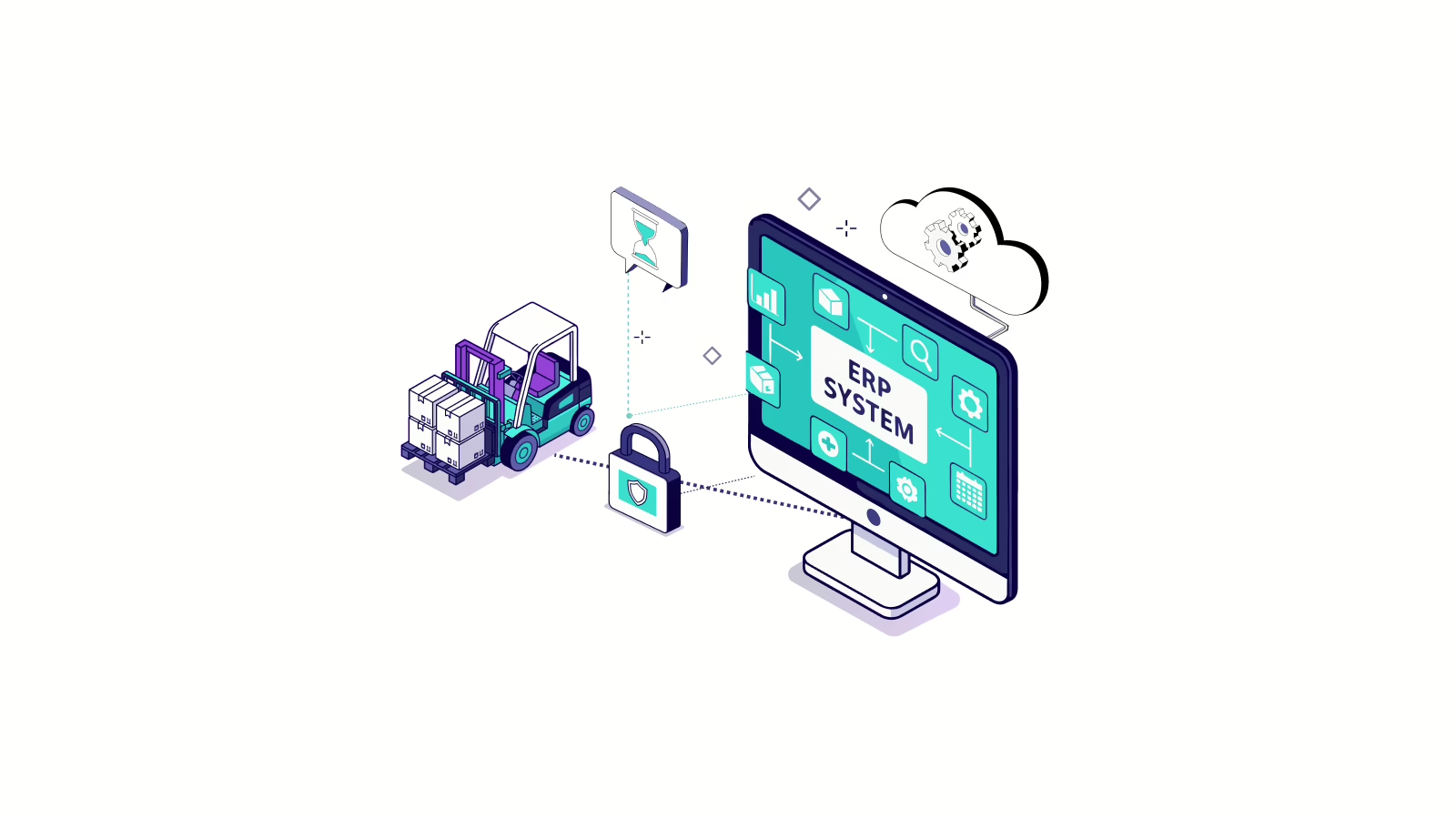In hospital supply chains, the gap between what is on hand and what will be needed drives waste and delays. U.S. hospitals lose an estimated $25 billion each year from expired supplies, excess stock, and last-minute procurement.
AI hospital inventory management closes this gap. By combining real-time tracking with predictive analytics, AI systems reduce waste, prevent shortages, and improve clinician confidence that supplies will be ready when needed.
The Visibility Gap
Barcode scanning and RFID cabinets improved supply visibility. But they remain reactive. They log usage without predicting demand or adjusting reorder points.
Procurement teams often over-order “just in case.” Storerooms fill with unused stock that later expires. Clinicians waste time searching for essentials. AHRMM confirms this visibility gap leads to stockouts, substitutions, and delayed procedures.
AI changes the model. It learns from consumption patterns, vendor reliability, and lead times. It recalibrates reorder points automatically and triggers replenishment before shortages occur. Inventory becomes predictive, not reactive.
Measurable ROI in Hospitals
The case for AI is no longer theoretical. Hospitals using predictive inventory management report consistent, measurable benefits. In one anonymized program, expired stock fell by 47%. Stocked items increased from 153 to 222, and waste reductions translated into nearly $5,000 in annualized savings without reducing availability.
Across multiple deployments, outcomes follow a pattern:
- 0% stockout rates compared to a 15% industry average.
- 10–15% product cost savings through inventory rightsizing.
- Storeroom inventories reduced by up to 15% within three months of deployment.
- Materials teams reclaiming as much as 70% of the hours once spent on manual counts and reorders.
These are not forecasts. They are results from hospitals adopting AI hospital inventory management. These hospitals are moving from manual reordering to predictive control, often achieving measurable ROI in just a few months.
Why Adoption Still Lags
If results are proven, why is adoption limited? Two reasons stand out: a small vendor pool and reliance on old methods. Barcode scanning and RFID tracking remain familiar, but they do not optimize ordering or predict future needs.
Many leaders also assume AI is disruptive or costly. These assumptions are outdated. Modern AI platforms integrate with existing ERP and supplier systems with less disruption than RFID upgrades. Costs have dropped, while the financial benefits multiply. These myths about AI-powered inventory management no longer hold true.
Industry and Clinical Impact
Most vendors describe their tools as “automated.” Few offer true AI. Most deliver RFID tracking and cabinet management. These tools improve accuracy but still rely on staff to forecast demand and adjust PAR levels.
AI-powered hospital inventory systems go further. They learn from consumption data, supplier reliability, and seasonal demand shifts. They recalibrate reorder thresholds, recommend substitutions, and execute replenishment without manual triggers. AHRMM highlights this proactive approach as a best practice for supply chain strategy.
The benefits extend to clinicians. Organized and reliable supply rooms save time and reduce stress. Staff no longer waste energy hunting for items. Instead, they stay focused on patients.
As one surgical nurse noted: “When I come in to work now, I’m confident the supplies I need are there and easy to find.” This confidence in supply readiness is becoming a clinical expectation, not a bonus.
From Pilot to Strategic Advantage
Hospitals often begin with pilots in high-impact departments such as surgical services or emergency care, where shortages carry immediate clinical consequences. A typical rollout includes a waste and stockout baseline, ERP integration, a learning phase for AI modeling, and ROI review within months. Success then drives system-wide expansion.
Over time, hospitals move beyond cost savings. AI hospital inventory management produces analytics that guide vendor negotiations, product standardization, and demand planning across facilities. These insights strengthen contracts, reduce product variation, and align supply agreements with actual usage.
Hospitals using AI are shifting from reactive ordering to proactive, data-driven strategies. The result is a durable edge that compounds year after year.
Ready to see how this works in practice? Schedule a consultation to learn how Autonomous AI for Healthcare Supply Chain Management can help your hospital eliminate stockouts, cut costs, and keep clinicians focused on care.








